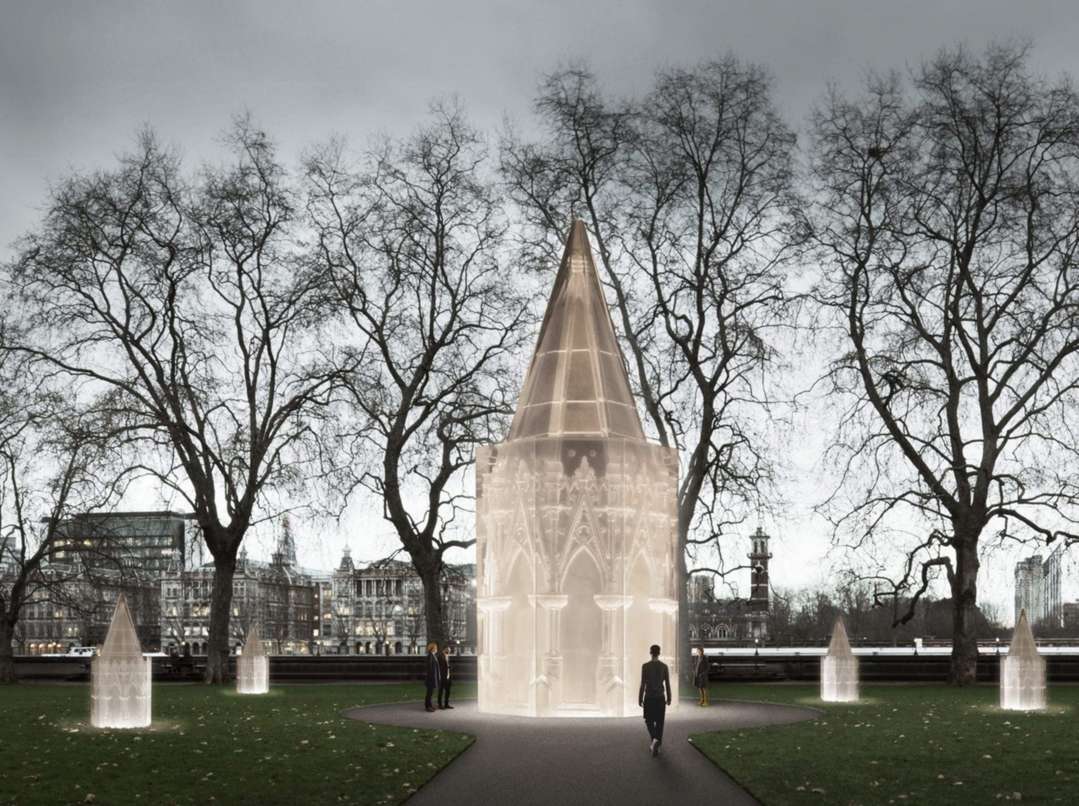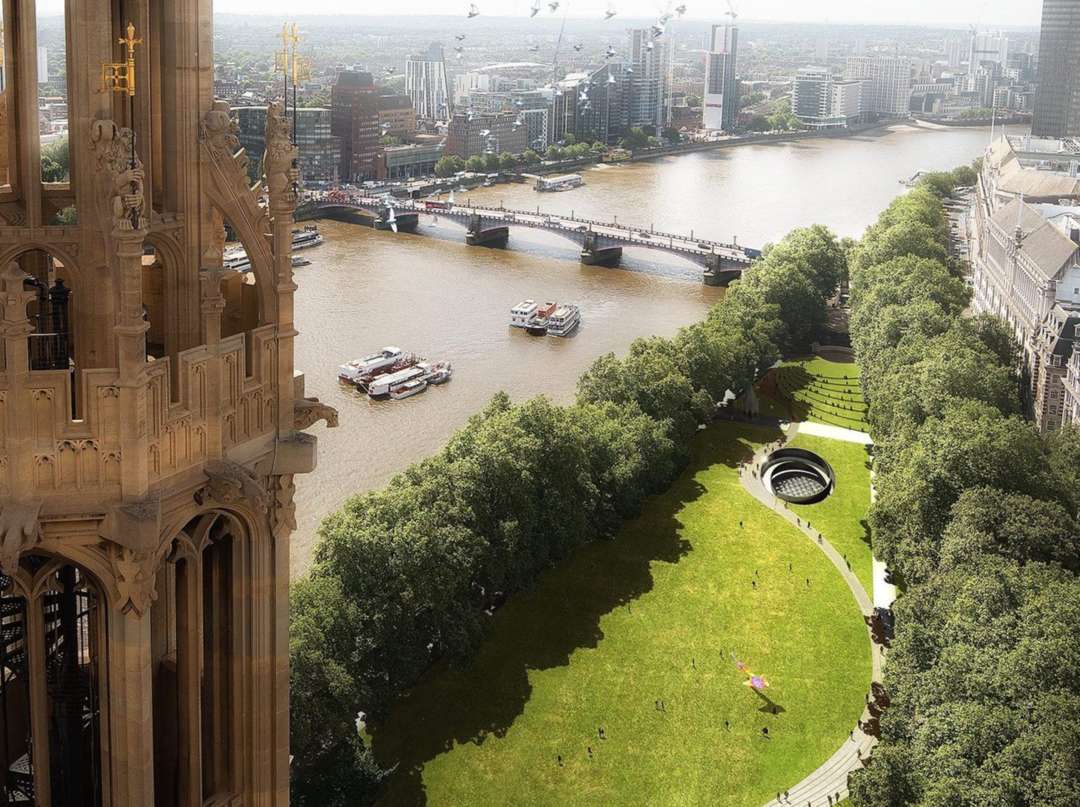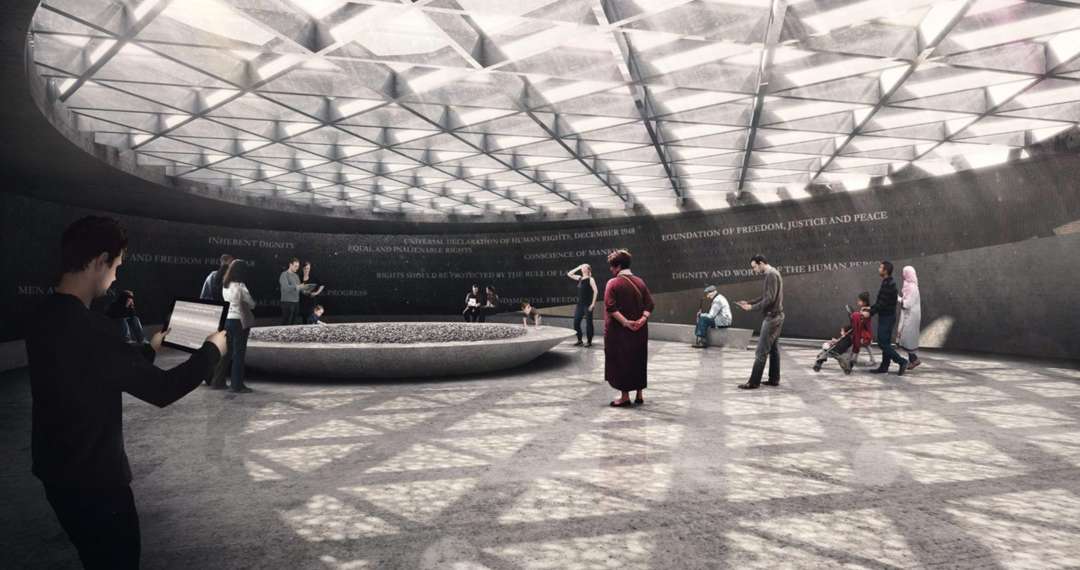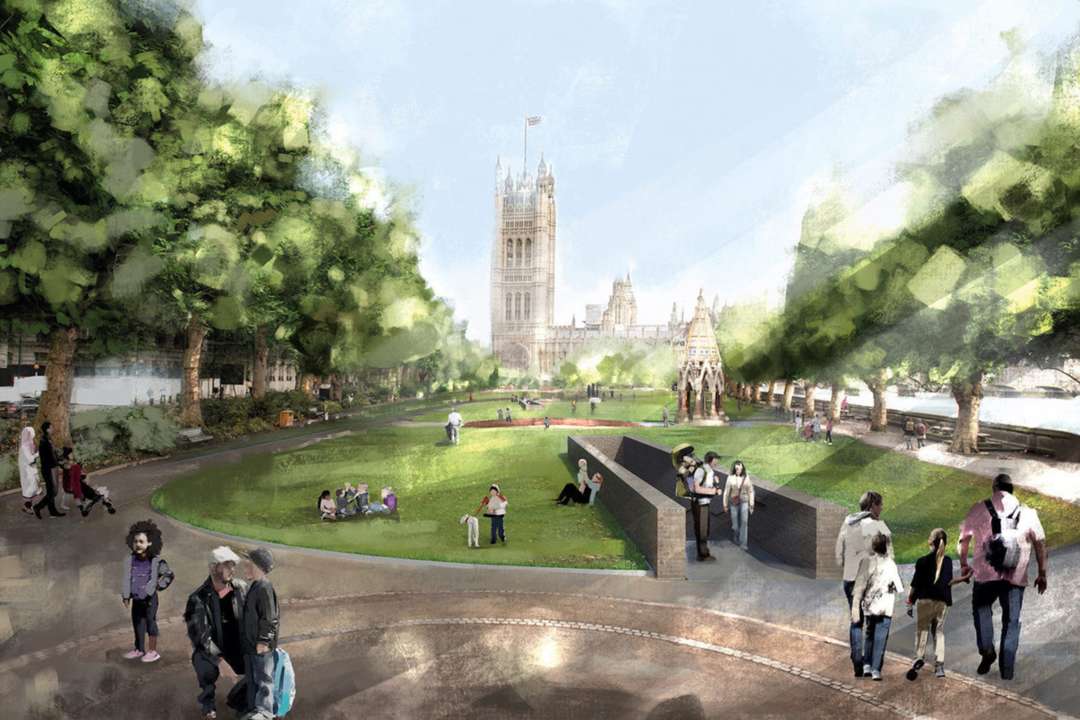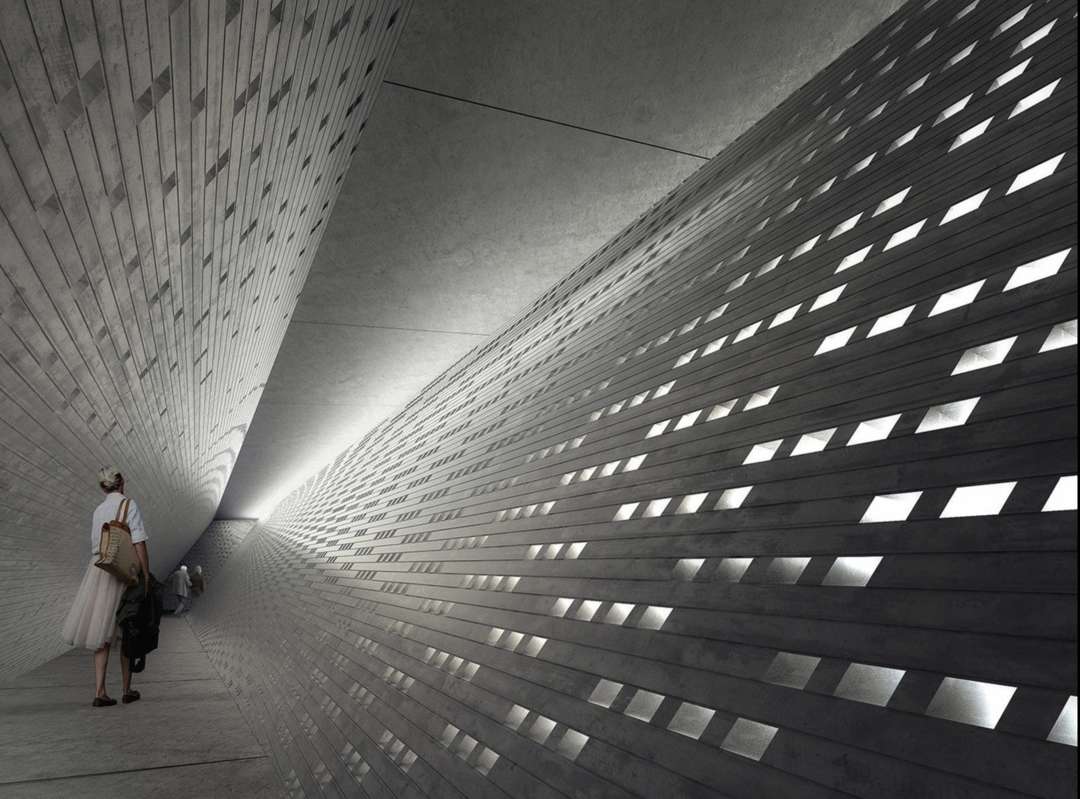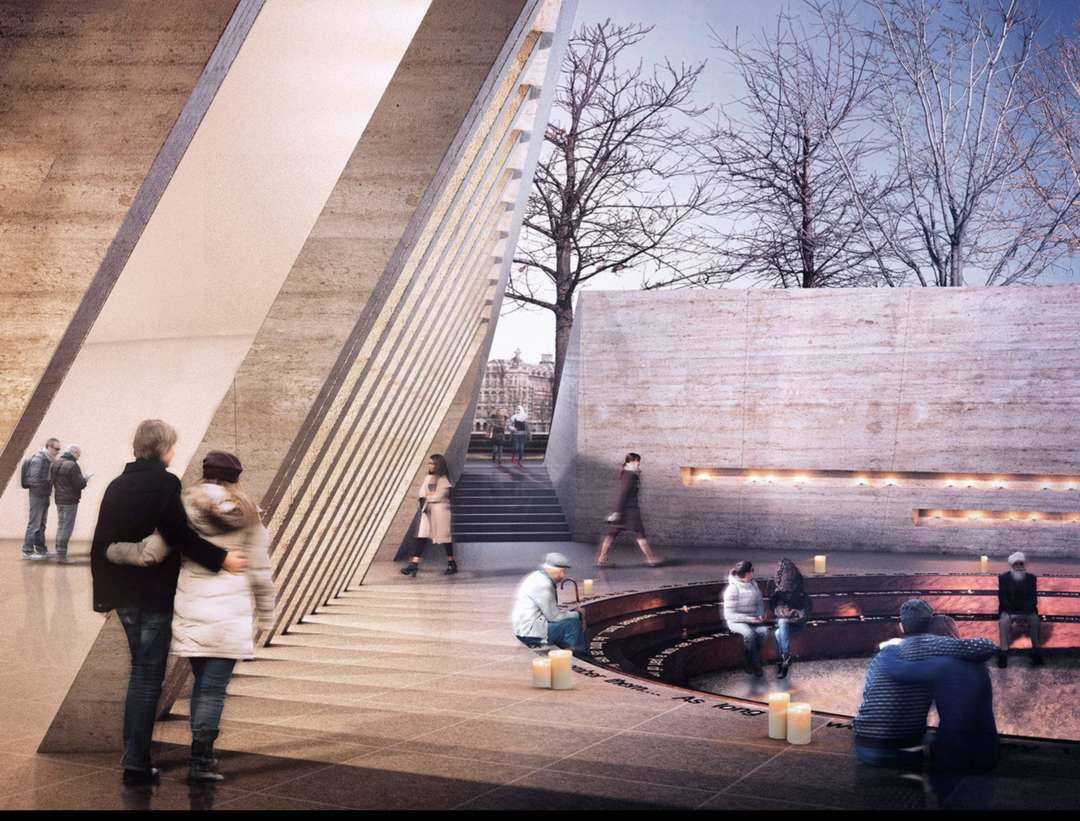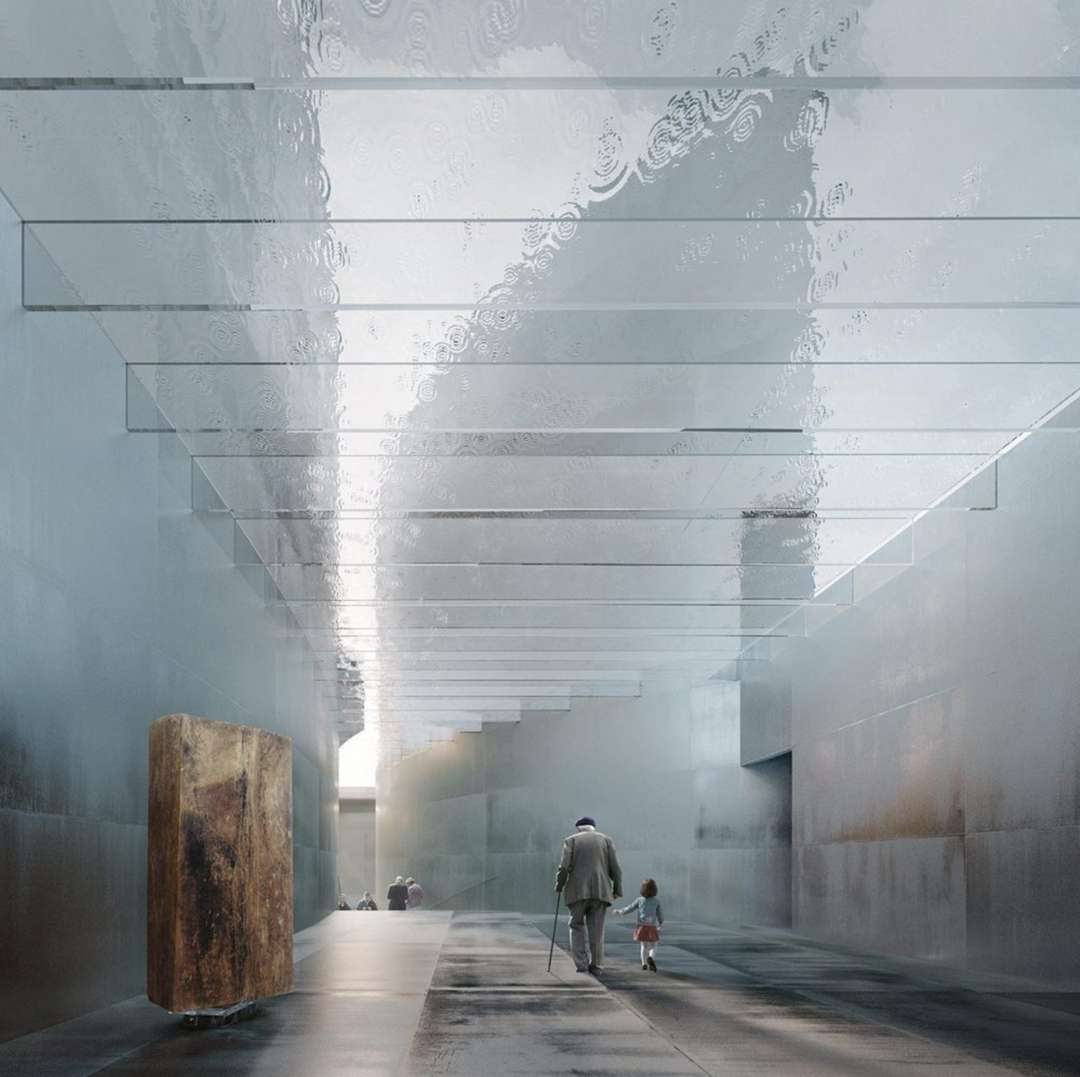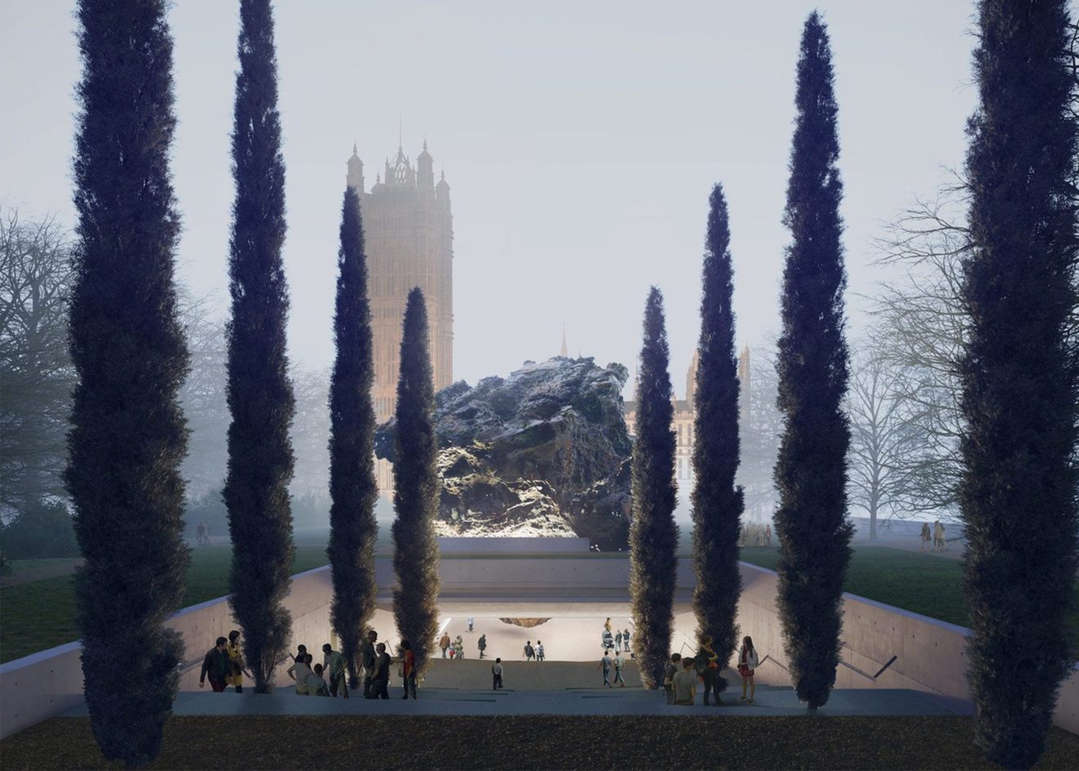Wednesday 12 April 2017
Sunday 2 April 2017
Tuesday 21 February 2017
Friday 17 February 2017
Wednesday 15 February 2017
Friday 10 February 2017
Discover a new way of living at dubai
Construction work Residential Building Step by Step Construction Work
1. Marking
2. Earthwork work Excavation Footing
3. River Sand filling Footing
4. PCC Laying work Footing
5. Footing Matt & Column ReinforcementSteel fabrication& erection work
6. Footing Matt and Column Shuttering work
7. Footing De-Shuttering work
8. Basementt Column Marking work
9. Basement Column Shuttering work
10. Basement Column RCC laying work
11. Plinth beam marking work
12. Plinth beam sand filling work
13. Plinth beam PCC laying work
14. Plinth beam Reinforcement Steel fabrication & erection work
15. Plinth beam Shuttering work
16. Plinth beam RCC laying work
17. Plinth beam De-Shuttering work
18. Basement 230mm brick laying work
19. Basement Inner & External wall plastering work
20. Basement Gravel filling work
21. Gravel Consolidation work
22. Gravel in inside anti-termite filling work
23. Basement Floor Sand filling work
24. Basement Floor PCC laying work
25. Basement belt beam RCC laying workAbove Basement to Ground Floor
26. Ground floor Column marking work
27. Ground floor Column Reinforcement steel fabrication and erection work
28. Ground floor Column shuttering work
29. Ground floor Column RCC laying work
30. Ground floor Column De-Shuttering work
31. Ground floor Roof beam & Roof Slab Shuttering work
32. Ground floor Roof beam & Slab Reinforcement Steel fabrication & erection work
33. Ground floor Roof Slab Electrical pipe laying work
34. Ground floor Roof slab Shuttering side & Support checking work
35. Ground floor Roof slab RCC laying work
36. Ground floor Roof slab De-shutteringwork
37. Ground floor Inner & External wall 230mm brick work Up to window sill level
38. Ground floor window sill reinforcement steel erection and fabrication work
39. Ground floor window sill RCC laying work
40. Ground floor brick work Up to lintel level
41. Ground floor Lintel & Sun shade shuttering work
42. Ground floor Lintel and Sun shade Reinforcement steel erection and fabrication work
43. Ground floor Lintel and Sunshade RCC laying work
44. Ground floor Lintel De-shuttering work
45. Ground floor brick work Up to Roof level
46. Ground floor Doors & Windows fixing work
47. Ground floor Wall electrical pipe and box fixing work
49. Ground floor Ceiling plastering wok
50. Ground floor Inner wall plastering work
51. Ground floor all windows grill fixing work
52. Ground floor Vertified tiles laying work
53. Ground floor Ceiling and wall Painting work
54. Ground floor electrical wiring and fittings fixing work
55. Staircase, Sump, Toilet etc.
How to Properly Design a Ramp
Much has been said about accessibility and social inclusion, but the adaptation of the buildings to the norms of accessibility has not yet been done everywhere. And what is more disturbing in many cases, it is build but not in a correct way. The norm that governs the conditions of accessibility is the NBR 9050. There we find the guidelines for universal access to wheelchairs and the visually impaired, physical or hearing, and persons with reduced mobility.
More Info: click
Sunday 5 February 2017
Saturday 4 February 2017
Tuesday 31 January 2017
Monday 30 January 2017
10 Brilliant Designs Revealed for New Holocaust Memorial in London
http://architizer.com/blog/10-brilliant-designs-revealed-for-new-holocaust-memorial-in-london/
No memorial or museum for the Holocaust will ever be able to bear the weight of or bring justice to the subject it represents, but nonetheless, thousands of built structures around the world have risen over time in a noble attempt to bring honor to the lives lost in some of history’s greatest atrocities. Though difficult to design, these pieces of architecture and artistic expression are vital to maintaining focus on what it means to be human — sharing the collective responsibility of loving and caring for one another.
No memorial or museum for the Holocaust will ever be able to bear the weight of or bring justice to the subject it represents, but nonetheless, thousands of built structures around the world have risen over time in a noble attempt to bring honor to the lives lost in some of history’s greatest atrocities. Though difficult to design, these pieces of architecture and artistic expression are vital to maintaining focus on what it means to be human — sharing the collective responsibility of loving and caring for one another.
Today, on the 72nd anniversary of Auschwitz’s liberation, the United Kingdom Holocaust Memorial Foundation has released the designs of the 10 teams shortlisted to design London’s future Holocaust Memorial.
Last September, in partnership with the Department for Communities and Local Government, the Memorial Foundation launched an international two-stage design competition organized by Malcolm Reading Consultants. After receiving hundreds of submissions, the designs were narrowed down to the selection seen below. Organizers are now consulting with the public and asking people to submit feedback via email.
Check out the 10 amazing proposals here:
Adjaye Associates with designer Ron Arad Associates
David Adjaye partnered with Ron Arad to design an underground memorial that invites visitors in through a striking series of separate sculptural layers rising underneath one end of parkland. Seeking to blend the simplicity of the natural surroundings with the harsh memory of the Holocaust, this dramatic, subterranean design forms a serious and educational experience within a stimulating space.
Allied Works with artist Robert Montgomery
Allied Works lifted the edge of the parkland in an undulating ellipse to create a sunken space for peace and reflection. The large opening, or aperture, of the ellipse reveals an inspiring view of Parliament, bringing light literally and figuratively into the dark space below. Visitors enter the memorial through a threshold that appears to hover above a flower-filled plaza.
Caruso St. John with artist Rachel Whiteread
Caruso St. John’s proposal is an inversion of conventional memorials that are so often formed of solid, monolithic sculptural forms, like Peter Eisenman’s “Memorial to the Murdered Jews of Europe” in Berlin. Instead, negative space becomes the key element: A subterranean “cave” is filled with the voices of holocaust survivors, with natural light permeating the space via a series of lanterns dotting the lawn above.
Diamond Schmitt Architects with landscape architect Martha Schwartz Partners
A singular curved path brings visitors from Parliament to the entrance of Diamond Schmitt Architect’s Holocaust Memorial. The path takes the form of a helix, circling downward into a cylindrical memorial featuring a glass floor that reflects the colors worn by Jews during persecution. The exterior cast-iron shell is embossed with a pattern of rectangles representing the six million people who died in the Holocaust.
Foster + Partners with artist Michal Rovner
The entrance to Foster + Partners’ concept was designed to evoke the train tracks that routed people to the concentration camps. A long, gradually descending wall takes visitors underground where they are immediately asked to reflect upon an ambiguous artpiece by Michal Rovner featuring lines of people holding hands and leading one another, as seen above.
Heneghan peng architects with multidisciplinary designers Bruce Mau Design
Heneghan peng’s design for London’s Holocaust Memorial strikes a similar resemblance to Michael Arad and Peter Walker’s 9/11 Memorial in New York, excluding a water feature. A heavy stone wall shaped in an irregular triangle features an opening where visitors are led down a narrow passageway marked with tiny individual perforations of light. This intense, personal walk concludes in a sunken courtyard where the voices of Holocaust survivors can be heard through rectangular voids in the walls.
John McAslan found inspiration for its proposal in the Jewish tradition of placing stones atop the grave sites of loved ones. Their design, with the theme of continuity and the binding together of different generations, centers around a large pile of six million stones — each representing one person slain in the Holocaust. Visitors can take a stone away with them, distributing the memory of those lost across the world.
Lahdelma & Mahlamäki’s memorial concept features two tall, curved panels that stand on top of a reflecting pool. Visitors can walk underneath the pool’s translucent glass as they navigate to the memorial’s learning center. Appropriately named the “Haven,” the project is meant to improve the visibility of the park and encourage contemplation of the journey to the concentration camps as well as others’ emancipations to Great Britain.
Studio Libeskind produced a sleek and sharp design for the Holocaust Memorial, highlighting the interplay of light and shadow within public space. An oblique, metallic wall extends upward from a descending plaza where visitors enter the memorial. Underground, visitors explore the exhibitions through intertwining spaces — all dead ends — until they stumble upon the “Path of Hope,” which ascends toward the light and above ground.
Zaha Hadid Architects with artist Anish Kapoor
Zaha Hadid Architects and Anish Kapoor sought to bring a sense of instability to their design by placing a huge, meteorite-shaped sculpture in the center of the parkland. A grove of cypress trees leads visitors down a ramp into an undercroft where the monument sinks down like an iceberg. Below ground, the silent space stirs visitors to reflect upon the gravity of the Holocaust.
Subscribe to:
Posts (Atom)


























